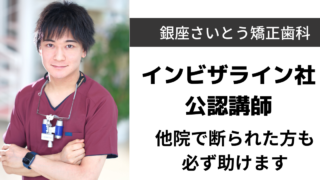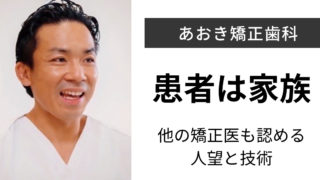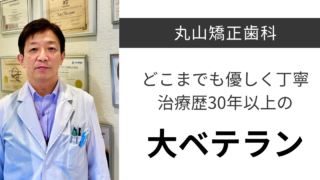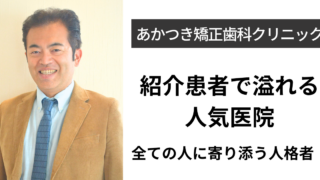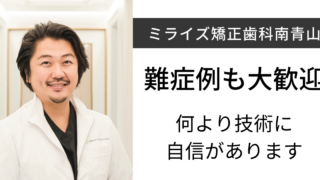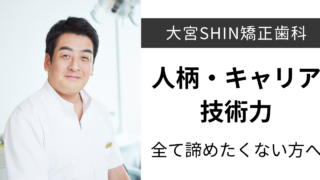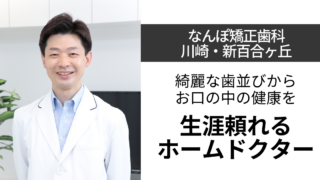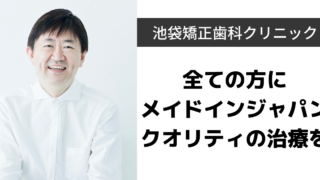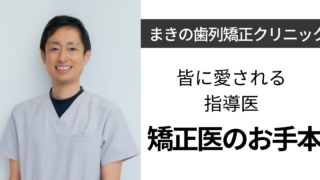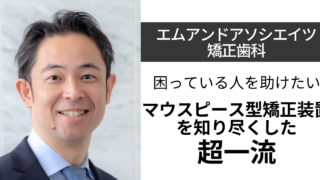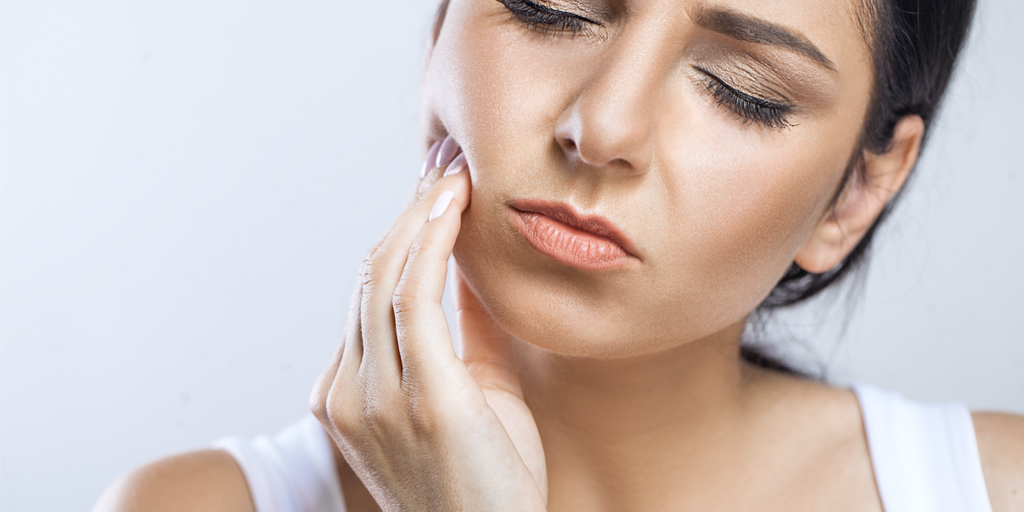
Why do orthodontic treatments cause pain? Learn how to relieve the pain!
Orthodontic treatment is a concern for people who are concerned about the alignment of their teeth and their bite.
However, what everyone worries about is the "pain" associated with the treatment, don't they?
As for pain, there are many reasons, including the age at which treatment begins, the situation, the treatment method, and the duration,
What is commonly said about pain
1. Causes of pain during correction
2. the duration of the pain and when is the peak of the pain?
3. painHow to deal with
The above three perspectives will be explained.
Causes of pain during correction
During orthodontic treatment, pain may occur from time to time.
However, instead of just fearing pain, knowing in advance when you feel pain and what causes it can help you face the pain and respond calmly.
This eliminates the need to panic, especially for parents who accompany their small children to treatment.
This article will tell you when you feel pain, i.e., what causes pain.
There are three major situations that can cause pain.
Causes of pain during orthodontic treatment ① Effect of orthodontic appliances
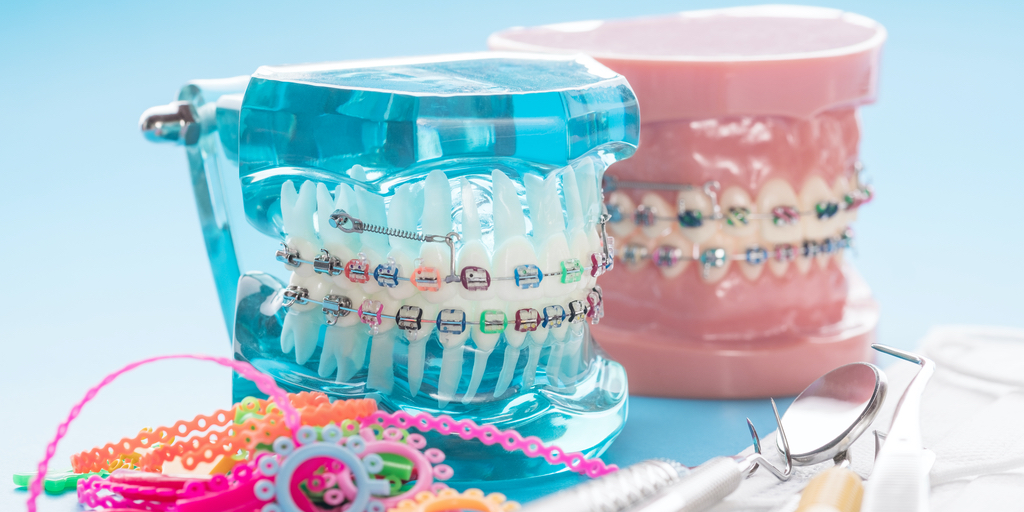
Orthodontic appliances, so-called brackets and wires.
Because the instruments are placed in the mouth, they inevitably come into contact with the mouth and tongue.
This may cause rubbing of the area around the inside of the cheek where the instruments strike, and may also cause mouth sores.
After changing the wire, it can sting and hurt on the lips and cheeks.
In the case of children, a device called headgear is sometimes used, in which wires are hooked around the ends of the teeth, and this can be painful for children especially because of the pressure on the head and the discomfort of the wires.
Causes of pain during orthodontic treatment ② Effects of tooth movement
Teeth move when orthodontic appliances apply sustained loads to the teeth.
During the process of tooth movement, a substance called prostaglandin E2 is secreted as the bone is resorbed. This is the direct cause of pain.
In other words, after being tightened with a wire, pain occurs as the teeth move.
In addition, teeth movement and shifting of the mesh can cause biting on the inside of the cheek.
The occurrence of such pain varies from person to person.
Causes of pain during orthodontic treatment ③ Effect of chewing (e.g. eating)
Pain may be felt after changing wires or mouthpieces.
Because the tissue around the teeth is broken down to move the teeth, it can be difficult to apply force when engaging the teeth, and the pain can make it difficult to open the mouth.
Duration and peak of pain during correction and how to relieve it
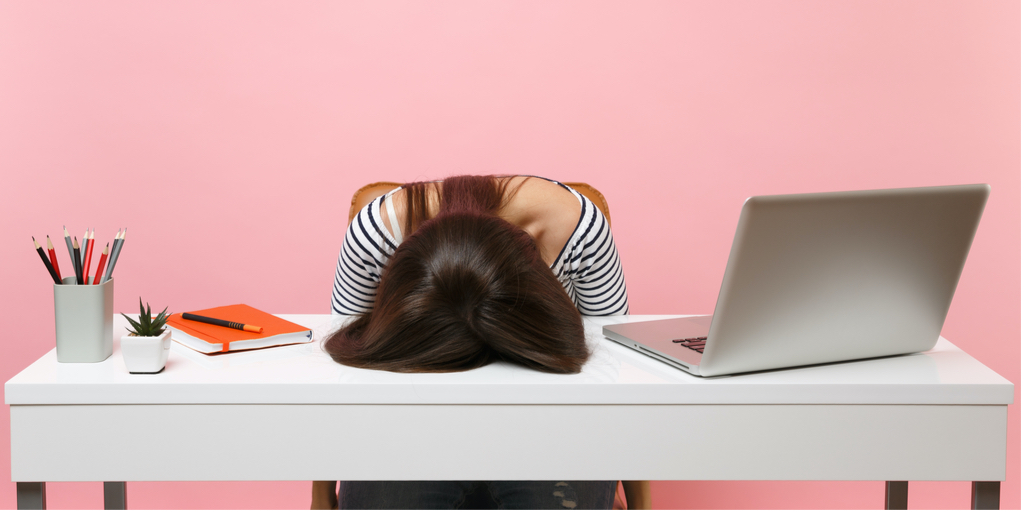
When you begin to feel pain, you may find it uncomfortable and irritating.
It is easy to focus on the pain and become more anxious than necessary.
However, if we can predict how long the pain will last, we can feel better and proceed with orthodontic treatment in a positive manner.
The following is a description of the duration and peak of pain for patterns (1) through (3).
Duration and peak of pain during orthodontic treatment ① Pain caused by orthodontic appliances
Since orthodontic appliances were not originally in the mouth, it is natural for the patient to feel some discomfort while getting used to the device.
It is common for the pain to begin to be felt about 3-6 hours after it is applied. This pain often lasts from several days to a week.
The device may hit the inside of the lips and cause mouth sores.
The discomfort and pain of the brackets often takes a few days to gradually become accustomed to.
(1) Duration and peak of pain during orthodontic treatment (2) Pain due to tooth movement
Orthodontic appliances apply force to the teeth, causing them to move. The teeth are then moved by it,
As with (1), you will begin to feel it about 3 to 6 hours after installation.
And most people say that the pain peaks around the third day and settles down after a week.
Duration and peak of pain during orthodontic treatment ③ Pain from chewing things
Immediately after adjustment, it is difficult to apply force when biting the teeth together.
This may make it difficult for them to eat their normal diet.
It is important to be careful when trying to chew hard objects that require a firm bite, as this often increases the pain.
The pain subsides in a few days to a week.
How to relieve pain during orthodontic treatment
We have told you that the process of orthodontic treatment may involve some discomfort, discomfort, and pain.
Pain is felt differently by each person at different degrees and stages of treatment.
Some people suffer from severe pain and have trouble sleeping. But that pain and discomfort is inevitable, so it can't be helped. We just have to put up with it.
They may see it that way and become stressed about the treatment.
To prevent this from happening, here are some tips on how to ease the pain during orthodontic treatment.
(1) How to deal with pain caused by orthodontic appliances
If it is wire or bracket pain, orthodontic wax (vegetable-based) is effective.
It is a kind of a covering for the orthodontic appliance so that the appliance does not directly contact the mucous membranes of the mouth.
Covering can prevent mouth sores.
Also, even if mouth ulcers have already appeared, covering the area where they hit with wax before bed and applying mouth ulcer medicine, etc. (doctor-prescribed is recommended) will speed up the healing process.
If you want to have a wire stuck in your cheek at the very back of your back teeth, it is often better to have it cut a little shorter, so contact your dentist's office for urgent care.
In addition to bracket and wire orthodontic appliances, mouthpiece orthodontic appliances are also available.
Mouthpiece braces reduce the amount of force applied to the teeth. If you are concerned about pain, you may want to choose mouthpiece braces.
(2) How to deal with pain caused by moving teeth
If the pain is not that severe, acetaminophen (Coronal) is recommended.
If this does not help, take painkillers such as Loxonin or Voltaren, called NSAIDS, which work well but have a strong anti-inflammatory effect and can also inhibit tooth movement.
However, since the pain is so strong and unbearable that it interferes with daily life, it is not a problem to take it several times as an abrupt remedy.
(iii) How to deal with pain when chewing
If there is pain after adjustment, avoid eating hard foods.
Even just pressing with the finger can cause pain, so try not to irritate it and avoid contact between the teeth as much as possible.
as much as possibleSoft foods (porridge, soups, udon, stews, etc.)to eat, the burden is reduced and pain is controlled.
Finally.
The age at which orthodontic treatment begins and the nature and duration of treatment vary.
And during treatment, discomfort and pain may be involved.
However, putting up with the problems and pain during treatment can also lead to stress about the treatment.
If you have any concerns or if you suffer from discomfort or pain, consult your dentist first.
For beautiful teeth and a bright smile. The key to success is to continue orthodontic treatment with as much comfort as possible.
365dentist General Supervisor Dentist/Yukiko
Graduated from Nagasaki University School of Dentistry
-2018 Kyushu Medical Center, 2018-present Work at a dental clinic in Tokyo
Supervisor: Dentist/Naomi
After completing clinical training, worked in cosmetic dentistry in Tokyo. Currently a part-time dentist and dental writer.
Member of the Japanese Society of Aesthetic Dentistry/Invisa Doctor

